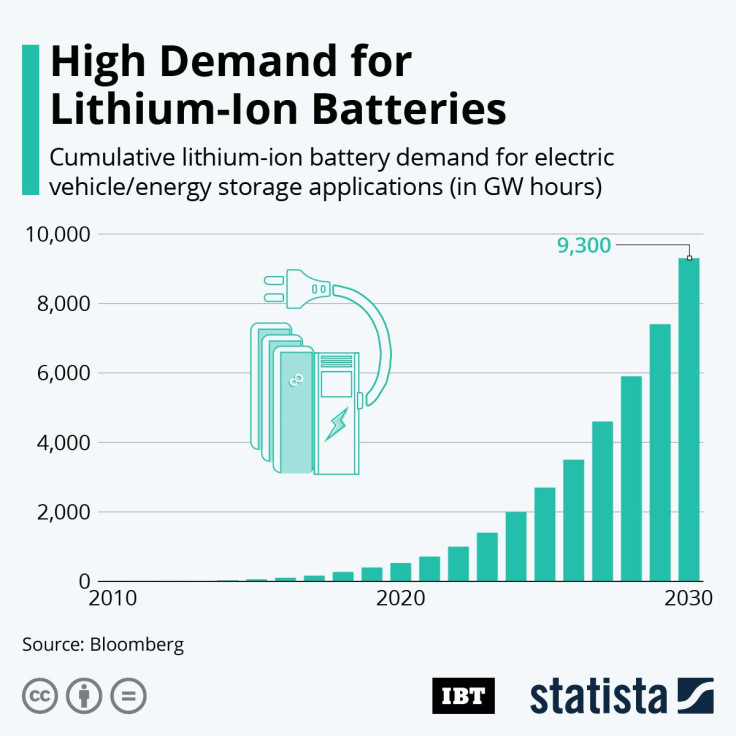Infographic: High Demand For Lithium-Ion Batteries

Ideally, surging demand for a product drives costs down and fuels even faster adoption and consumption. In this case, rising demand for lithium-ion batteries across the world is directly correlating to falling prices – in turn causing an even higher demand among companies and industries in car manufacturing, consumer technology, and many others. New data shows how the demand for lithium-ion batteries has crept up over the last decade and will skyrocket as we enter the next.
Data collected by Bloomberg shows how demand for lithium-ion technology in electric vehicles and energy storage has started to quickly increase over the last 10 years. The cumulative demand, at just 0.5 gigawatt-hours in 2010, has soared to roughly 526-gigawatt hours in 2020. That enormous increase is only expected to continue, with demand predicted to reach an unthinkable 9,300 gigawatt-hours by 2030. That demand would translate to tens of millions of new electric vehicles, storage containers, and consumer devices around the world.
According to Bloomberg, energy companies like Exxon Mobil have been working on lithium-ion batteries for decades. While their focus has been on automotive applications, many consumer technology products wouldn’t exist without this pivotal advancement in battery power. This increased demand for batteries and the falling prices could propel the electric vehicle market heading into the new decade; however, it’s still too early to tell how companies will benefit from these powerful, highly efficient lithium-ion batteries that can fuel cars. An industry that may be able to take advantage of the falling price faster, according to Bloomberg, could be energy storage. Cheap energy storage could pave the way for easier ways to store massive amounts of electrons for many purposes, one of which includes more efficient electricity grids.





















